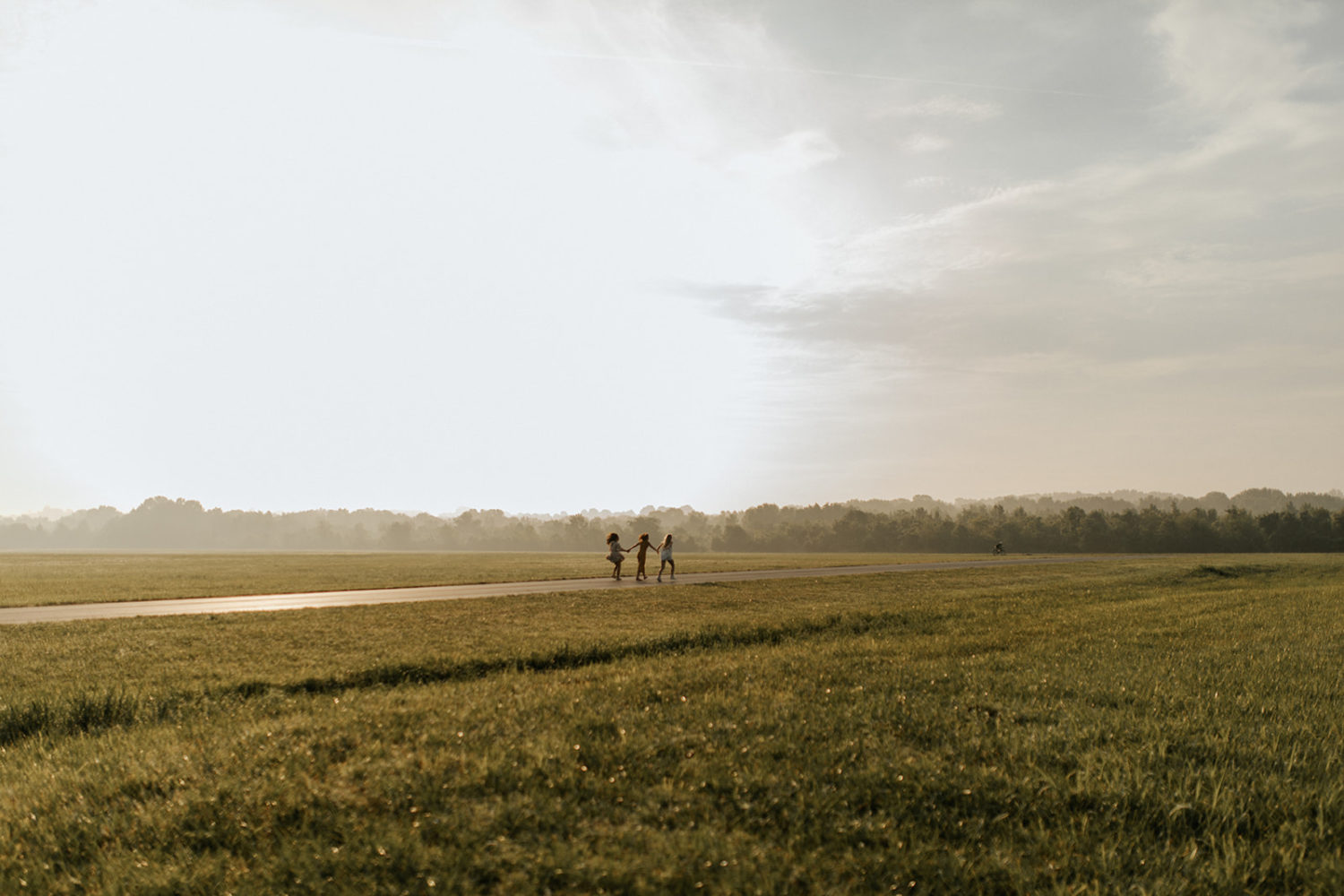The onset of COVID-19, and much of the coverage of how communities of color are disproportionately impacted has forced many, myself included, to reckon with medical racism and racial disparities in access to care. However, after reading Emma’s article on environmental racism, Yuna’s articles on the impacts of COVID-19 on the Native American Communities, as well as doing my own research on environmental racism, I have learned how deeply environmental racism is intertwined with negative COVID-19 health outcomes.
The EPA defines environmental justice as “the fair treatment and meaningful involvement of all people regardless of race, color, national origin, or income with respect to the development, implementation, and enforcement of environmental laws, regulations, and policies.” As Emma writes in her article, “communities populated by lower-income and minority groups suffer from environmental health hazards much more frequently than their whiter, richer neighbors.”
What health risks do communities of color disproportionately face?
Communities of color are more at risk for respiratory conditions that can exacerbate COVID-19 symptoms. Black children are at a higher risk of having conditions that make them vulnerable to COVID-19–according to the CDC, 13.4% of black children have asthma, as opposed to 7.8% of white children. Black and Puerto Rican children not only have the highest asthma prevalence in the United States, but also the highest rates of asthma mortality. According to WeImpact Environmental Justice Coalition, these communities also face struggles in accessing healthcare due to socioeconomic status or language barriers. This means that these children often rely on emergency care for asthma treatment and may not have access to corticosteroids, medication used to daily maintain symptoms.
Communities of Color and Toxic Waste Facilities
Due to environmental racism, low-income communities of color are often forced to live in proximity to hazardous waste or other industrial facilities that negatively impact their health.
In an interview with YaleEnvironement360, Environmental health scientist Dr.Sacoby Wilson referred to a Harvard study that shows that those who have long-term exposure to fine particulate air pollution have higher rates of COVID-19 mortality. Dr. Sacoby stated that there are “patterns” of low-income communities and communities of color living in these areas where they are more likely to be subject to air pollution. A report from the National Resource Defense Council conducted between 1987 and 2007 found that more than half of people who live within approximately a half-mile of a hazardous waste facility were people of color.
Living near these industrial and waste facilities results in negative health outcomes for the surrounding communities. One study, focusing on The Bronx, NY found that people exposed to industrial facilities and waste sites were 66% more likely to be hospitalized for asthma. Another study from the Environmental Protection Agency cited that those living closer to waste sites reported health issues such as respiratory symptoms, allergies, and fatigue. There is undeniable evidence that living in these communities can negatively impact health outcomes, specifically concerning respiratory health, which is essential to combating COVID-19.
Why do these communities have so many waste facilities?
Race is the single largest factor determining if someone lives in a community near pollution.
As stated by Casey Berkovitz in an article for the Century Foundation, “environmental racism is inseparable from racial segregation”. Communities of color are often concentrated into neighborhoods with less political power due to racist practices like redlining. Because of this, lower-income communities of color often see lower property values, meaning that industrial forces can purchase this land for use. The proximity to landfills or toxic waste facilities maintains these lower property values, creating a cycle where these communities continue to have less access to capital and therefore less access to political power in their communities.
In the same YaleEnvironment interview mentioned earlier, Dr. Sacoby described how wealthier, whiter neighborhoods can use “NIMBY-ism” (Not In My Backyard) to prevent these facilities from being built–these communities have more “economic capital” which provides them “political capital” to make decisions about their communities, which low income communities of color may not have.
Because communities of color were forced out of financial and political influence to prevent these sites in their neighborhoods, they are at disproportionately higher rates of the respiratory illnesses that can cause COVID-19 complications.
How can allies help these communities?
Dr. Sacoby suggests “making changes” in these communities so that “they’re not hosting the polluting land uses that can decrease their lung functions”.
White people should reflect on where the toxic waste facilities in their neighborhoods are, and if these facilities are in neighborhoods of color. White people in higher-income neighborhoods can pay close attention to local politics and news of possible facilities being built, and use their political capital to advocate against these facilities continuing to impact people of color in their city or hometown.
On a governmental level, Dr. Sacoby stated that the government must invest in “public health preparedness” in such a way that takes into account how racism impacts the policies that are implemented. Attention must be paid to the plethora of ways in which lower-income communities of color have both higher risk factors for acquiring a virus like COVID-19 and often less access to treatment than their white counterparts.
- How can you be a better advocate for survivors this semester? An Interview with the Every Voice Coalition - August 7, 2020
- How are environmental racism and COVID-19 connected? - July 28, 2020
- What is Happening in Portland? - July 21, 2020
